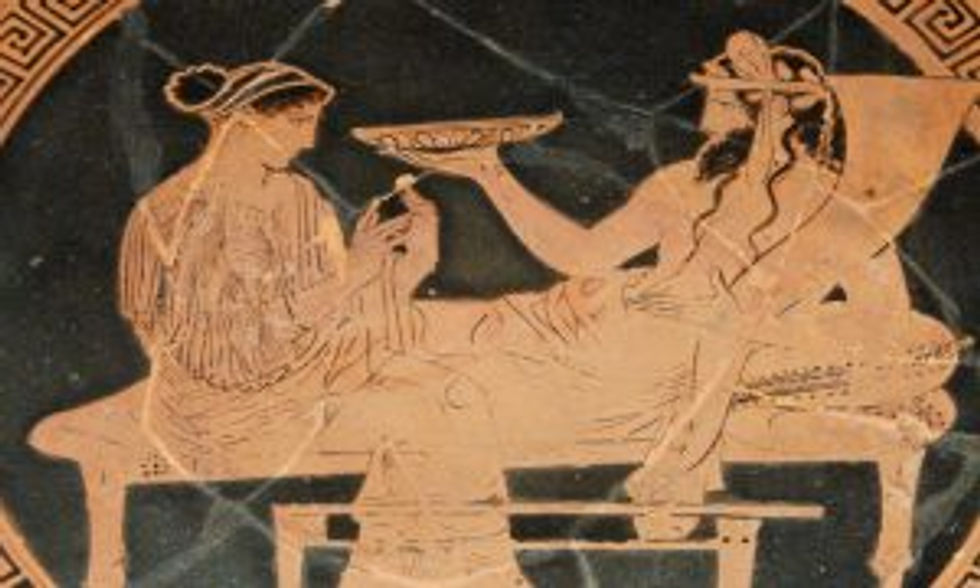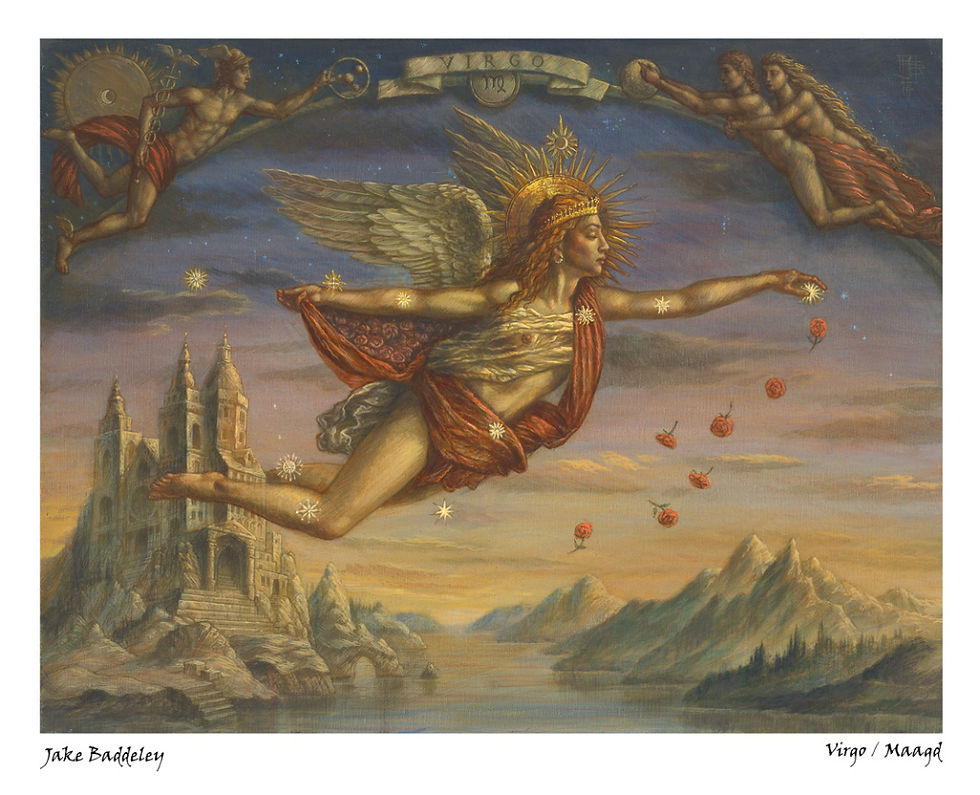In part 2 of this special video series, Jay Lamm, Planetarium Producer and Technical Manager at the Irene W. Pennington Planetarium in the Louisiana Art & Science Museum, will take you on a historical dive into how Virgo the Maiden got her name.
Virgo is the second-largest constellation overall next to Hydra and its brightest star, Spica, is the 15th brightest star in the sky.
Virgo is associated with many different goddesses from many different cultures. However, they all seem to agree on one thing: Virgo’s appearance in the east is a sign of fertility.

To find Virgo all you have to do is take the handle of the Big Dipper and “arc” your way to the bright orange star, Arcturus. Then, from Arcturus, you will “spike” your way to Spica.
The constellation Virgo personifies the Greek goddess Persephone, the maiden daughter of Demeter, who was abducted by the god of the underworld until she was allowed to return to her mother in the Spring. Virgo first appears in the night sky as Spring begins, which is why the Greek myth of Persephone is associated with Virgo which means ‘the virgin maiden.”


Comments